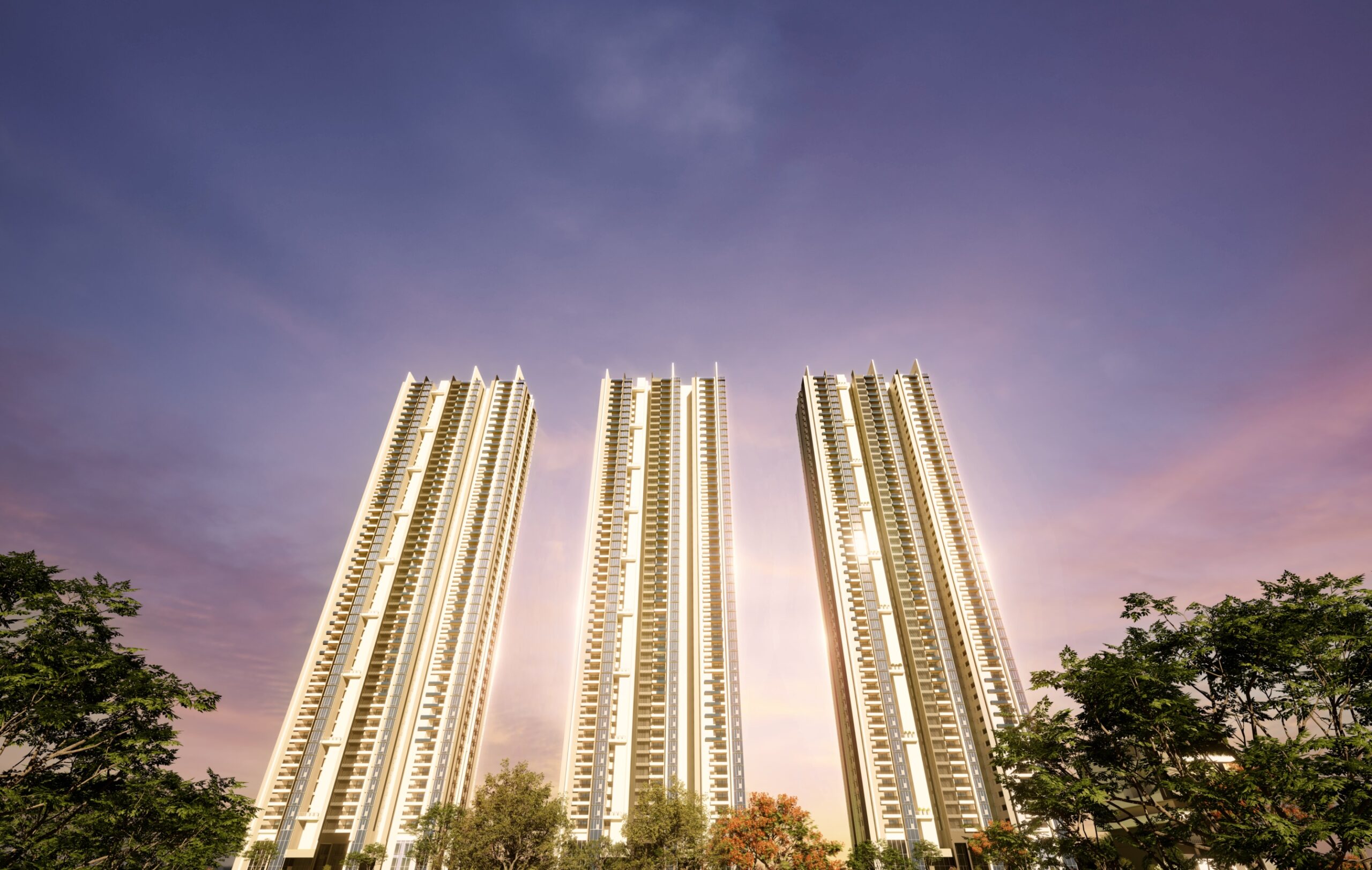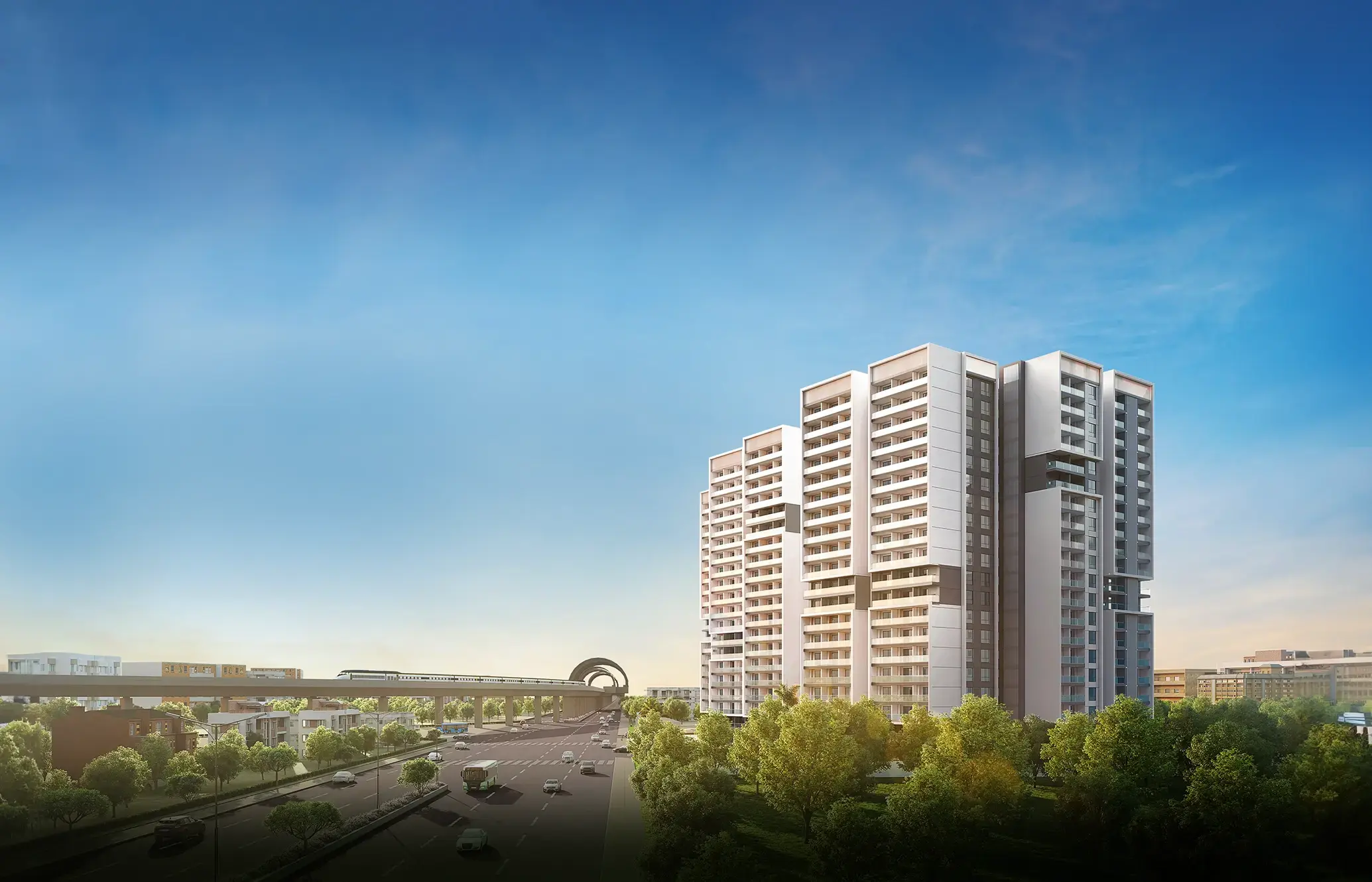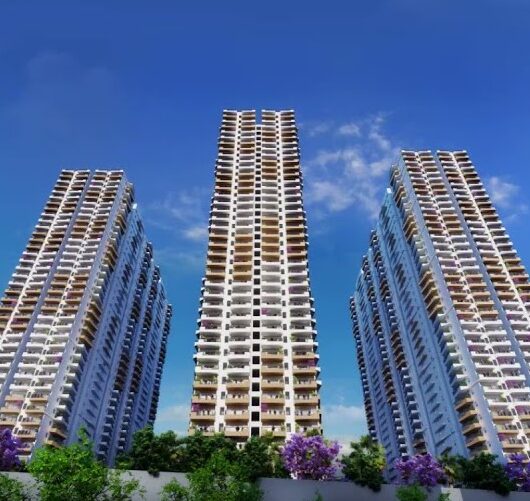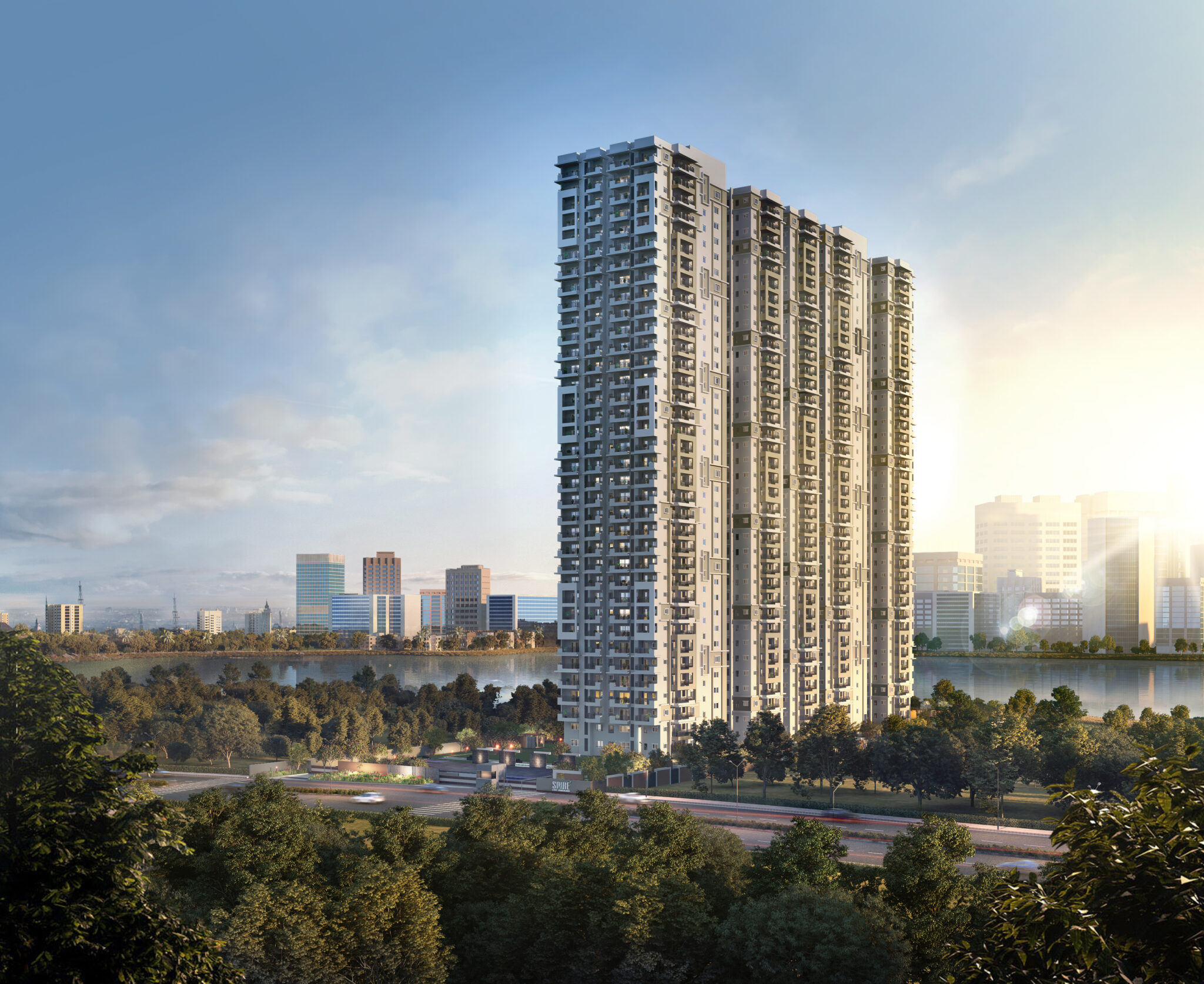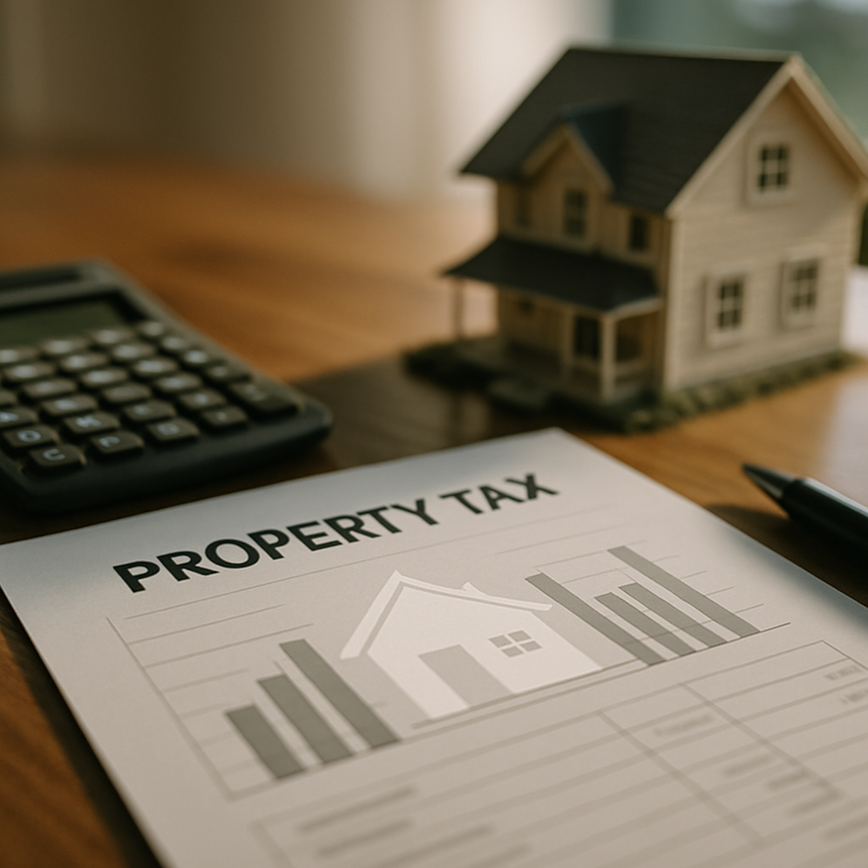Why Prices Soar in Hyderabad’s Financial District?
- 1 Introduction: Understanding the Financial District
- 2 Economic Drivers of Stability in Prime Locations
- 3 Supply and Demand: The Balance that Prevents Price Drops
- 4 Infrastructure Development and Its Impact on Real Estate
- 5 Case Studies: Financial Districts Around the World
- 6 Conclusion: The Future of Property Prices in the Financial District
- 7 FAQ
Introduction: Understanding the Financial District
So, the Financial District. It’s really more than just a spot on a map. Think of it as a key player in the real estate game, especially in the hustle and bustle of places like New York City, Lower Manhattan to be precise. The way this area blends history with modern vibes? Pretty unique. It’s what keeps both businesses and folks wanting to move in.
You’ve got landmarks like One World Trade Center standing tall, showing off the area’s strong commercial pulse. Big corporations call this place home, which really drives the value of both residential and commercial properties.
The real estate scene here is surprisingly steady. Take that shift from office spaces to cozy apartments, it’s a sign that the market is ready to bend and twist to meet what people actually want. Even when the overall market gets a bit rocky, investments in the Financial District just don’t slow down. It’s all about those perks that come with being here.
Property Value Dynamics
| Year | Average Price per Square Foot | Property Appreciation (%) |
|---|---|---|
| 2019 | $1,450 | – |
| 2020 | $1,500 | 3.4 |
| 2021 | $1,620 | 8.0 |
| 2022 | $1,700 | 4.9 |
| 2023 | $1,850 | 8.8 |
In 2023, property values jumped by 8.8%, signaling solid investor faith in the area [Source: Biz Journals]. The mix of business, culture, and residential life gives the Financial District its lively, enduring character.
For more on property values in Hyderabad that dive into its trends, check out these related pieces:
- Navigating Debt-to-Income Ratio for Homebuyers
- Understanding Property Allotment Letter: A Comprehensive Guide
- How Hyderabad’s Metro Drives Property Price Growth
Economic Drivers of Stability in Prime Locations
Let’s talk about what keeps the Financial District in Lower Manhattan thriving. Property prices are on the rise, and here’s why:
1. Location and Accessibility: This isn’t just any old neighborhood. It’s a global hub! Major financial institutions and tech firms hang their hats here, plus you’ve got easy access to public transport like ferries and subways. And you know what? That makes it incredibly appealing for both residents and businesses.
2. Job Market Resilience: The financial sector in NYC isn’t going anywhere. New jobs in finance and tech are expected to climb by about 10% by 2027. That keeps demand for both types of properties hot [Source: Financial Times].
3. Cultural and Historical Significance: The history here? Rich. Attractions like Wall Street and the New York Stock Exchange have people flocking here. Properties nearby retain higher values thanks to their cultural charm [Source: Curbed].
4. High Demand for Real Estate: More people looking for luxury apartments? Sign me up! Rental prices have shot up by more than 25% recently because the demand is just that strong [Source: The Agency].
5. Investment Opportunities: The Financial District isn’t just attracting local buyers. It’s drawing institutional investors and international capital, keeping property prices stable. Mixed-use developments are popping up, blending residential, commercial, and fun spaces.
| Factor | Impact on Property Prices |
|---|---|
| Location & Accessibility | Increases desirability |
| Job Market Resilience | Sustains demand |
| Cultural and Historical Significance | Enhances value retention |
| High Demand for Real Estate | Drives rental & purchase prices |
| Investment Opportunities | Attracts capital & stability |
These drivers create a unique mix that keeps property values in the Financial District moving up, making it an attractive spot for homebuyers and investors alike.
For deeper dives into pricing trends, check out articles like Pittsburgh’s Newest Skyscraper Opens and Exploration of Financial District Advantages.
Also, don’t miss our articles about how walkability impacts lifestyle property value for homebuyers and commercial loan interest rates for more insights into real estate trends.
Supply and Demand: The Balance that Prevents Price Drops
Now let’s dive into supply and demand. In the Financial District, limited supply mixed with high demand means prices aren’t dropping anytime soon. Being a global economic cornerstone, this area always attracts interest, creating a competitive vibe in the marketplace.
Factors Influencing Demand
The Financial District is packed with financial institutions, corporate headquarters, and a buzzing cultural scene. Studies show that even when the economy takes a hit, premier locations like this keep their value intact. Take New York City’s residential property, despite challenges, demand here just doesn’t waver.
| Property Type | Average Price (2023) | Year-over-Year Change |
|---|---|---|
| Luxury Condos | $3,500,000 | +5% |
| Commercial Space | $1,500,000/sq ft | +4% |
| Retail Units | $2,100,000 | +6% |
Based on trends from FT.com and beyond, investment interest here stays high, adding to the mix. And with fewer properties available? That only pushes prices upwards.
Limited Supply in Prime Locations
Speaking of supply, there’s not much of it. The Financial District has some geographical quirks and regulations holding back new builds. Zoning laws and concerns for historical preservation keep the flow of new developments slow, ensuring that existing properties hold their worth.
Reports show that new construction approvals are pretty rare, which is a big reason pricing stays steady even with increasing demand. That makes the Financial District a smart choice for those looking to invest in real estate, you get prestige and stability all wrapped up in one.
For more on the history and relevance of the Financial District, check out Curbed or The Agency, both offer great perspectives.
With demand for living and commercial spaces in the Financial District continuing to rise, it’s clear prices won’t drop anytime soon. Investors take note: this area is a prime pick!
Also, dig into related reads on owning property benefits and home loan strategies to make the most of your high-demand investments.
Infrastructure Development and Its Impact on Real Estate
Look, infrastructure development can change the game for real estate, and the Financial District is a shining example of that. Urban planning efforts, like better transport links, parks, and community spots, draw in both businesses and residents. As interest builds, demand for property stays solid, which means prices hold strong even when markets get shaky.
Take subway extensions and better pedestrian access; they’ve made this area even friendlier for foot traffic. Citing a report from Bloomberg, these developments have been huge for keeping property values in check.
| Infrastructure Improvement | Impact on Real Estate Prices |
|---|---|
| Subway Extensions | +15% in nearby property values |
| New Parks | +10% rental yields |
| Enhanced Public Spaces | +5% overall market growth |
Cities trying to replicate what NYC has their financial districts are dealing with their own office vacancy issues. Still, they’re revamping the space with infrastructure projects to keep property values up. It’s essential to have vibrant neighborhoods where people can really live, work, and play.
As pointed out in The New York Times, the Financial District is becoming a popular residential area because of these upgrades. Buyers are looking beyond just property; they see a lifestyle.
In Hyderabad, they’re seeing similar shifts; new metro lines and parks are on the horizon, promising to boost the market there too. For more insights on investment opportunities, check out articles like Hyderabad’s real estate surge and Hyderabad’s walk-to-work potential.
Case Studies: Financial Districts Around the World
Looking at financial districts, NYC’s Financial District is kind of the gold standard. It pulls in high property values thanks to its unique character, much like other financial centers around the globe.
| City | Financial District | Major Attributes | 2023 Average Property Price |
|---|---|---|---|
| New York City | Financial District, Lower Manhattan | Historic buildings, proximity to Wall Street, luxury retail | $1,850,000 |
| San Francisco | Financial District | Restaurant diversity, cultural events, historical landmarks | $1,250,000 |
| London | City of London | Global finance hub, high-rise offices, vibrant cultural scene | $1,500,000 |
| Tokyo | Marunouchi and Otemachi | Corporate offices, transport accessibility, high-end shopping | $1,800,000 |
The NYC Financial District stands out thanks to landmarks like One World Trade Center, where history meets modern business. Over in the San Francisco Financial District, they’re shaking things up, turning office spaces into mixed-use developments to attract more residents.
The factors affecting property values are pretty common – accessibility, local amenities, and urban design. Lower Manhattan’s transportation options paired with a bustling food scene keep things lively. In contrast, London thrives on being a global finance hotspot, which keeps demand high.
Additionally, the San Francisco Financial District is morphing into a cultural hub, proving that these areas can evolve by mixing business and leisure, ultimately boosting property values.
Want to dig deeper? Check out our entries on topics like the pull of financial districts or how walkability influences property values.
Conclusion: The Future of Property Prices in the Financial District
So, here’s the deal: The Financial District in NYC stands as a top choice for real estate investments, and property values are showing real muscle despite any potential downturns. Year after year, demand keeps pushing those prices up, thanks to its reputation as a financial hub. The history of Wall Street only adds to its allure, making this neighbourhood a goldmine for both local and international investors.
This data shows the kind of returns you can expect when investing in high-demand areas like the Financial District, especially with ongoing infrastructure improvements and city upgrades in Lower Manhattan.
If you’re thinking about buying, keep an eye on current trends and future developments. Investing in the Financial District isn’t just about seeing your property value rise; it’s also about enjoying a vibrant life with rich culture and convenience. For expert advice on property investments, check out useful guides like 10 Things That Speed Up Home Loan Approval and A Guide to Buying Your First Home.
As you weigh these opportunities, remember: investing in prime locations like the Financial District could be a savvy move for your financial well-being.
FAQ
- What are the economic drivers of the Financial District? The main drivers include location and accessibility, job market resilience, cultural significance, high demand for real estate, and investment opportunities.
- How does infrastructure development affect property prices? Infrastructure improvements, such as enhanced transport links and parks, contribute to increased property values by making areas more accessible and attractive.
- What is the outlook for property values in the Financial District? The outlook remains positive, with expectations for continued appreciation due to ongoing demand and limited supply of properties.
- Are there international comparisons to the Financial District? Yes, financial districts in cities like London, San Francisco, and Tokyo share similar traits, including high property values, convenience, and cultural amenities.
